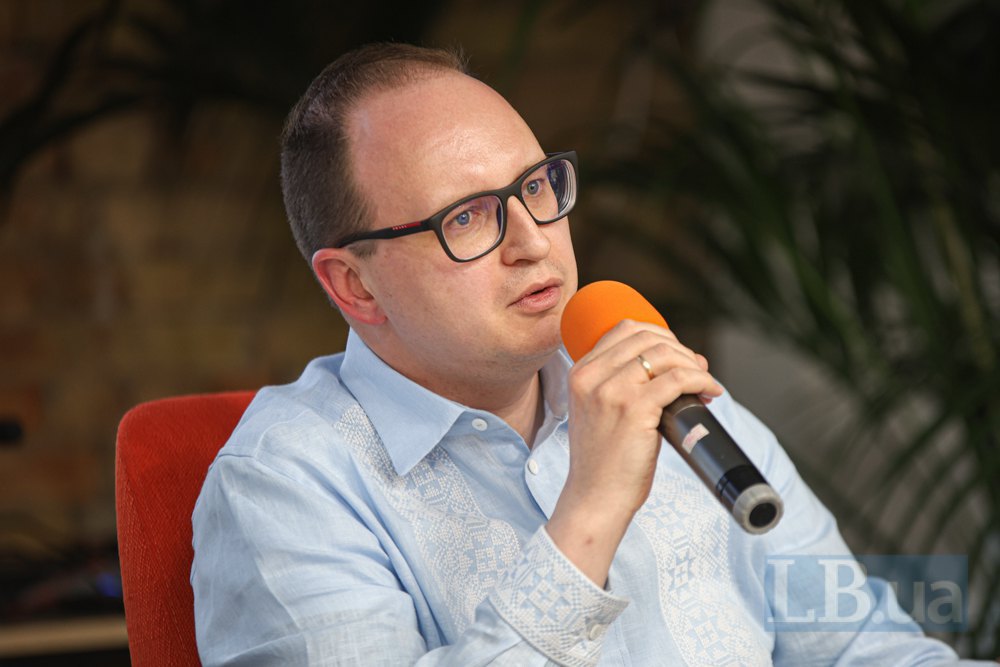
US interest in the deal
Ukraine has an ambitious list of mineral resources, and the United States imports at least 15-20 items from it, says Yehor Perelyhin, Deputy Minister of Environmental Protection and Natural Resources of Ukraine. For example, this applies to titanium raw materials and titanium sponge for metal production. The US dependence on imports for another 15-20 items reaches 75%. And some minerals are not traded on the open market at all, Perelyhin adds.
"We see that there is a fairly large list of critical raw materials where the US industrial complex and the US economy is completely dependent on China, as a rule. And the logic of such agreements (such as the one on creating an investment fund with Ukraine - Ed.) is to diversify risks for our strategic partners.
Why is this important? Because we see the tendency of countries like China, for example, to manipulate prices in foreign markets. And from the list of components and minerals included in the agreement, a large number are not traded on the stock exchange. They do not have a public official index quotation. They are traded on an OTC basis - over-the-counter. That is, these are direct trading relationships between market operators.
Why? Because you won't see an open market for such commodities as zirconium, germanium, gallium, hafnium, holmium, neodymium. There is no open, normal, public market. Here, the market is formed between operators on a direct basis. This is a very important point.
And one of the main tasks was to diversify these risks for the United States. To give them the opportunity to work in our field, in our geography, in those areas that will meet their strategic needs. This should be a win-win for both sides," the representative of the Ministry of Environment emphasises.
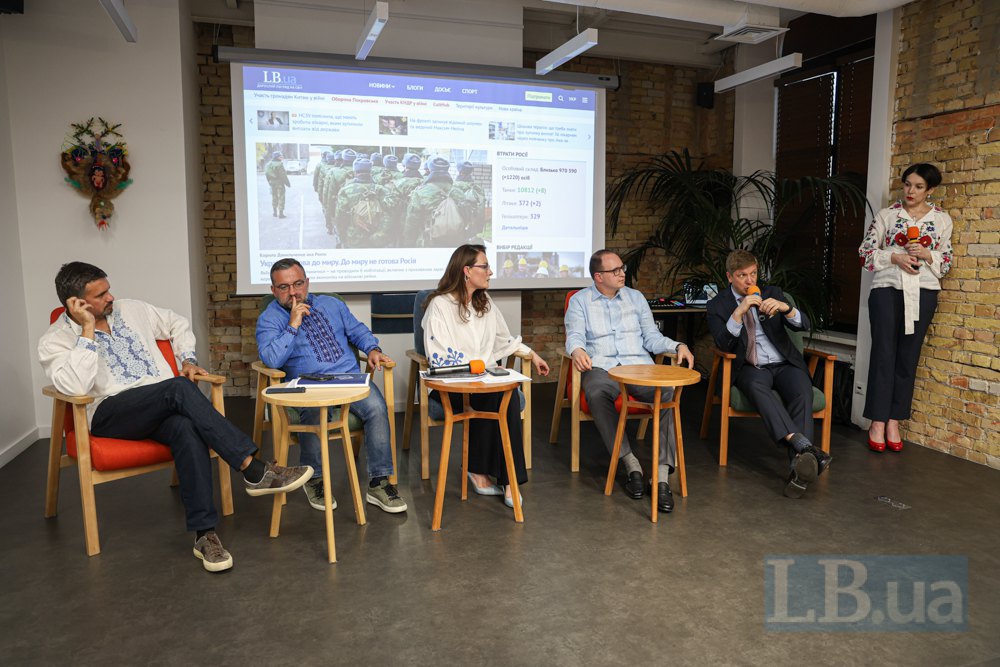
Why the agreement with the US is important for Ukraine
The creation of a joint investment fund with the Americans makes it possible not only to raise funding, says Yehor Perelyhin, but also to receive advance payments under the offtake model (purchase of goods that have not yet been produced - Ed.). This is the first time such a tool has been introduced in Ukraine, he adds.
In addition, it is an element of economic security, because the country's integration into major supply chains, such as the US, is one of the best guarantees, if not the best value-added of our economic cooperation, economic and logistical security, says Perelyhin.
According to him, Ukraine is well positioned in some industries to move into the fastest production dynamics. For example, titanium, graphite, manganese; there are engineering and mining projects, processing projects related to germanium, gallium, hafnium, and scandium. Geographically, titanium deposits are located in the Dnipropetrovsk, Zhytomyr, and Kirovohrad regions.
However, in addition to the finished deposits, Yehor Perelyhin notes that there are a large number of so-called prospective areas. "Those that are not ready for licensing, special permits, auctions, or PSAs (production sharing agreements - Ed.). And it is important that the DFC (the US International Development Finance Corporation, which will attract funding from the US - Ed.) helps to filter out economically viable and strategically interesting projects.
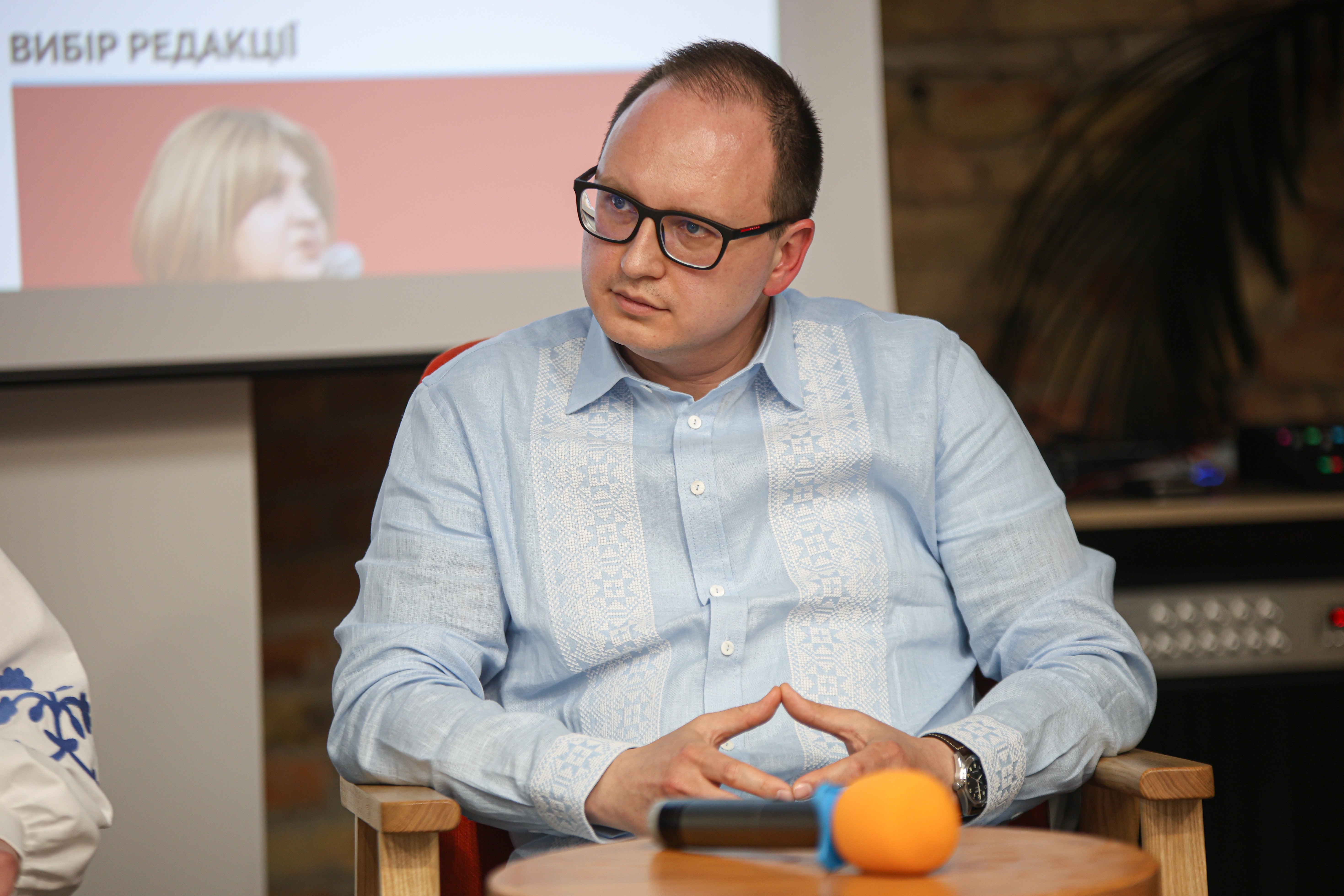
"When you hear that the volume of Ukrainian subsoil is 10, 12, and 14 trillion (different figures have been mentioned), the main thing here is the quality of projects that can create several processing stages. Because this fund has an important component - infrastructure and processing projects. Therefore, the task is not just to say that we will develop fields worth, for example, 10 or 20 billion. No. The challenge is that if we develop deposits worth $5, $10, $20, $30 billion, we need to invest at least the same amount or more to create medium-level processing, up to a semi-finished product, either metal, mineral or raw material.
This is where the multiplier effect comes into play, and the margins of the business itself increase. Thirdly, the potential for investment has almost no limits. But it will all depend on how we develop our strategy and our positioning in the supply chain of our American partner," said Perelyhin.
The special feature of Ukrainian titanium
Ukraine is the number one country in terms of titanium raw material reserves in Europe, Yehor Perelyhin reminded. And if we start to increase geological exploration, production, and development of all the deposits in the country, this will guarantee participation in the US strategic industry.
"If we take mineral raw materials, which are then converted into titanium sponge, titanium metal, today companies such as Boeing or Lockheed Martin cannot produce a single aircraft or aerospace engine without titanium. It is impossible. 90% of all titanium imports to the US come from Japanese producers. Either Japanese producers in Japan or Japanese producers in Saudi Arabia. 90 %. 40 thousand tonnes of imports per year. This is a very large amount for imports of such exotic material," says Perelyhin.
At the same time, he notes that the Zhytomyr Region has one of the best positions in terms of mining and production costs. Ilmenite layers (a valuable ore from which titanium is produced - Ed.) are located at a stripping depth of 11 to 19 metres, which is not deep at all.
And the geological and physical characteristics of Zhytomyr Region, the Deputy Minister adds, allow for the operation of so-called mobile quarries and modular factories, meaning there is no need to build a large processing complex.
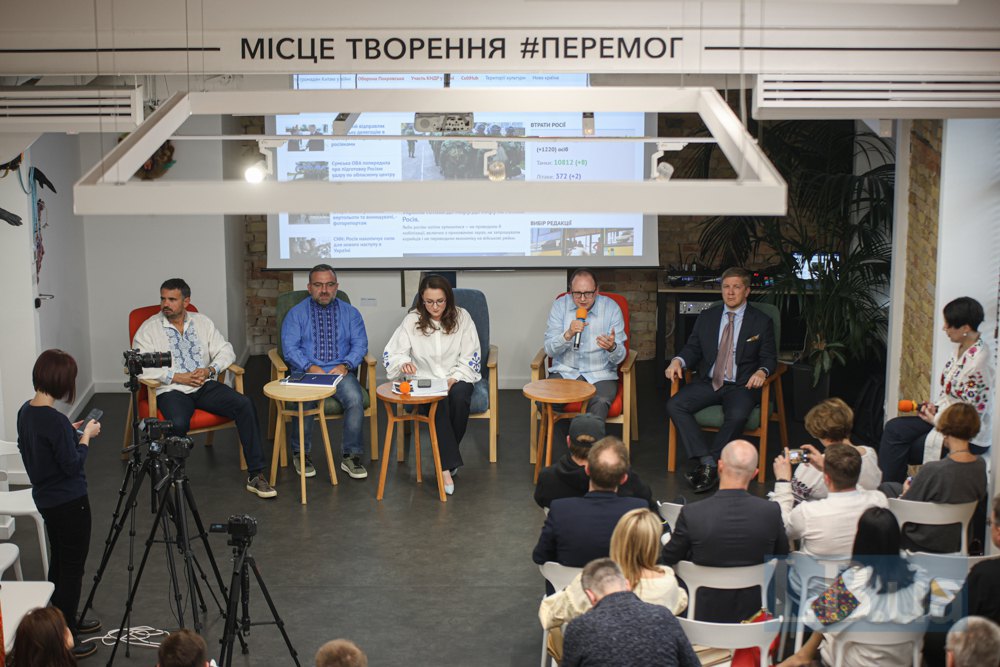
"In addition, in most cases in the Zhytomyr Region, ilmenite minerals have a concentration of TiO₂ (titanium oxide) of more than 50%. I would say 52-54%. We have seen 56% and even more. These are sulphate ilmenites," the official said.
Yevhen Perelyhin also cites titanium deposits in the Dnipropetrovsk Region as an example of multi-product deposits. That is, they contain ilmenite, rutile, and zircon. The products that go along with ilmenite give a higher margin and added value. And the 50-60 metre stripping depth in the Dnipropetrovsk Region, he also notes, indicates that this is chloride ilmenite, which is used for high-tech processing into titanium sponge, which is a premium on the market of $30-50 per tonne.
"Ukraine is interesting because it produces a much better quality product than China, which accounts for about 30-35% of the world's ilmenite production. It is much more interesting in terms of quality than Mozambique and Kenya. And our product is ideally suited for metal processing in the United States of America," the expert explains.
The same goes for lithium, Perelyhin notes. With technologies such as direct lithium extraction, China is the leading country in the world, and that is why Americans are reviving many lithium projects because they want independence.
"We are entering a period when the Americans have resuscitated 5-6 large systemic projects, such as CME Group and Thacker Pass." Our task is to attract technologies that are already being developed in America, starting with the extraction of lithium from geothermal brines, from normal brines. And bring it to our fields.
"And secondly, we have a lot of classic, solid deposits that need to be developed. This fund, this mechanism, this tool gives us such an opportunity. On the one hand, it allows us to raise either private or debt capital. And on the other hand, it is an ideal opportunity to attract a long-term structured contract for the sale of products," said the representative of the Ministry of Environment.
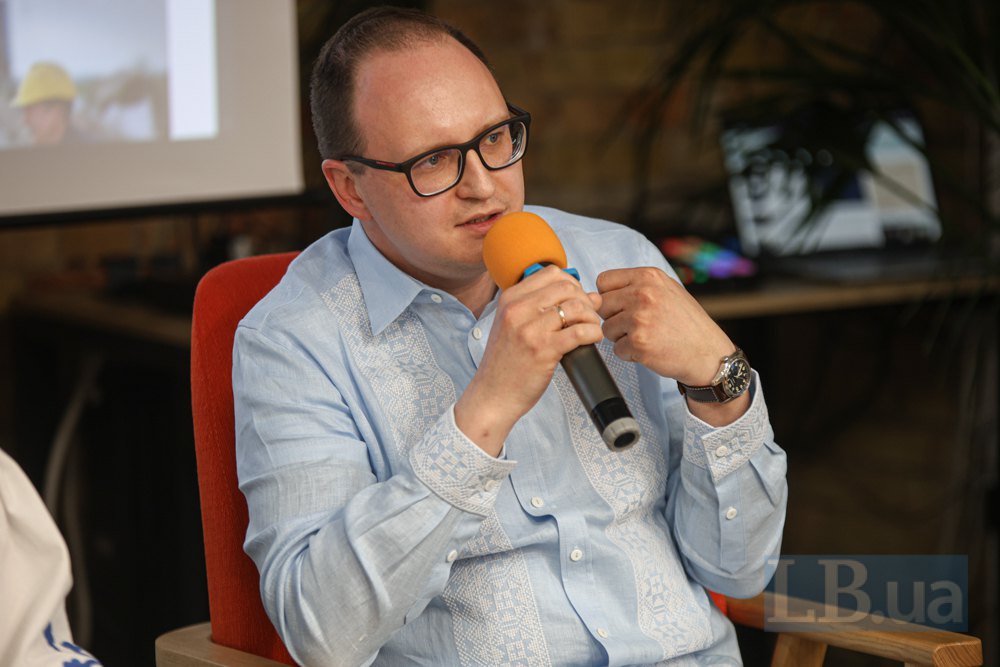
Summing up, Deputy Minister of Environmental Protection and Natural Resources of Ukraine Yehor Perelyhin described the creation of a joint fund with the US as ‘a tool, a technical framework that should be used’.








